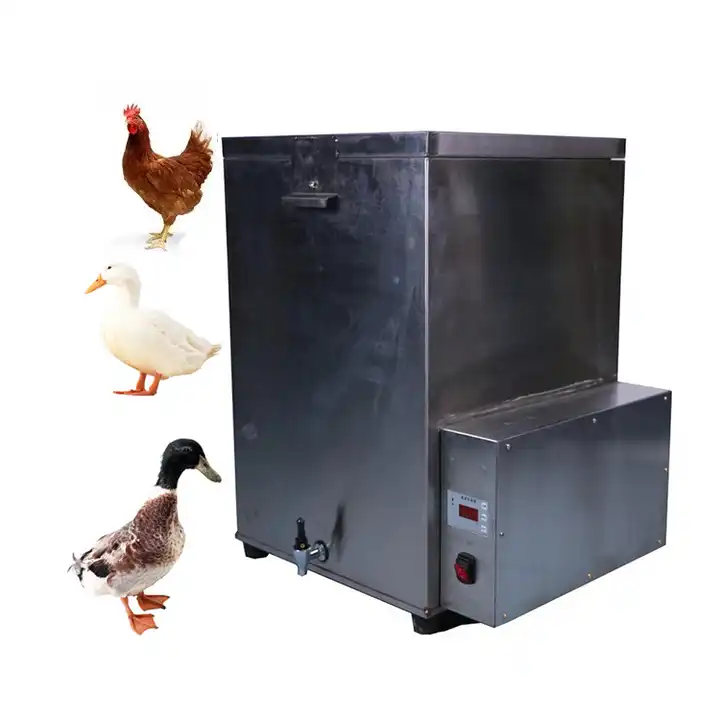Efficient Pellet Mill Solutions for High-Quality Animal Nutrition and Feed Production
Aug . 20, 2024 01:32 Back to list
Efficient Pellet Mill Solutions for High-Quality Animal Nutrition and Feed Production
The Importance of Pellet Machines for Animal Feed Production
In the world of animal husbandry, the efficiency and quality of animal feed are crucial for both the health of livestock and the profitability of farming operations. One of the key innovations that have emerged in recent years is the pellet machine, which plays a significant role in producing animal feed pellets that are nutritionally balanced and easy to digest. This article explores the significance of pellet machines in animal feed production, their benefits, and their impact on the agricultural industry.
Understanding Pellet Machines
A pellet machine, also known as a pellet mill, compresses raw materials like grains, legumes, and other ingredients into small, dense pellets. The process typically involves grinding the raw materials into a fine powder, mixing them with other feed components, and then extruding them through a die to form pellets. These pellets can vary in size and shape based on the requirements of different animals, such as poultry, cattle, pigs, or aquaculture species.
Benefits of Pelletized Feed
1. Nutritional Value Pelletized feed offers better nutritional value as the process of pelleting helps to preserve vitamins and minerals that might be lost in traditional feed formats. Additionally, the uniformity of pellets ensures consistent nutrient delivery to the animals.
2. Improved Digestion The pelleting process involves subjecting the feed to heat and pressure, which helps break down fibrous materials. This makes the feed easier for animals to digest, ultimately leading to better health and growth rates. For young animals, especially, well-formulated pellets can play a critical role in their development.
3. Minimized Waste Unlike loose feeds, which can easily be scattered and wasted, pellets allow for more efficient feeding. This not only reduces waste but also helps farmers save money by ensuring that a larger percentage of the feed consumed contributes directly to animal growth.
pellet machine for animal feed

4. Enhanced Shelf Life Pellets generally have a longer shelf life compared to loose feed. The cooking and sterilization during the pelleting process kill off harmful pathogens and reduce moisture content, making the feed less susceptible to spoilage.
5. Convenience For farmers, the use of pellet feed simplifies storage and handling. Pellets are easier to transport and store than bulk feed, which can be bulky and difficult to manage. Moreover, automated feeding systems can be more easily integrated with pellet feeds, further enhancing operational efficiency.
Economic Impact
The investment in pellet machines can significantly boost a farming operation's profitability. By producing high-quality pellets in-house, farmers can reduce feed costs, improve growth rates, and ultimately enhance the quality of meat, milk, or eggs, leading to better market prices. Additionally, as the demand for sustainable and efficient agricultural practices continues to rise, mechanics involved in pellet production align well with environmentally friendly initiatives.
Future Trends
Looking ahead, the technology surrounding pellet machines is anticipated to evolve, with advancements in automation and smart technology that could further enhance their efficiency and output. Innovations such as the use of alternative protein sources, like insect meal or seaweed, are also expected to gain traction, providing new avenues for feed production that are sustainable and environmentally friendly.
In conclusion, pellet machines have transformed the landscape of animal feed production, providing farmers with the tools they need to deliver high-quality nutrition to their livestock efficiently. As the agricultural sector continues to evolve, these machines will remain instrumental in promoting sustainable practices while ensuring that livestock operations can meet the growing global demand for food. Through continued innovation and investment, the future of pelletized animal feed looks promising, paving the way for healthier animals and more prosperous farming communities.
-
Hot Sale 24 & 18 Door Rabbit Cages - Premium Breeding Solutions
NewsJul.25,2025
-
Automatic Feeding Line System Pan Feeder Nipple Drinker - Anping County Yize Metal Products Co., Ltd.
NewsJul.21,2025
-
Automatic Feeding Line System Pan Feeder Nipple Drinker - Anping County Yize Metal Products Co., Ltd.
NewsJul.21,2025
-
Automatic Feeding Line System - Anping Yize | Precision & Nipple
NewsJul.21,2025
-
Automatic Feeding Line System - Anping Yize | Precision & Nipple
NewsJul.21,2025
-
Automatic Feeding Line System-Anping County Yize Metal Products Co., Ltd.|Efficient Feed Distribution&Customized Animal Farming Solutions
NewsJul.21,2025






